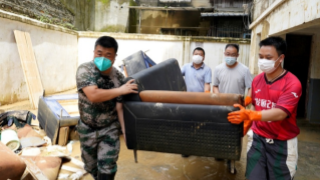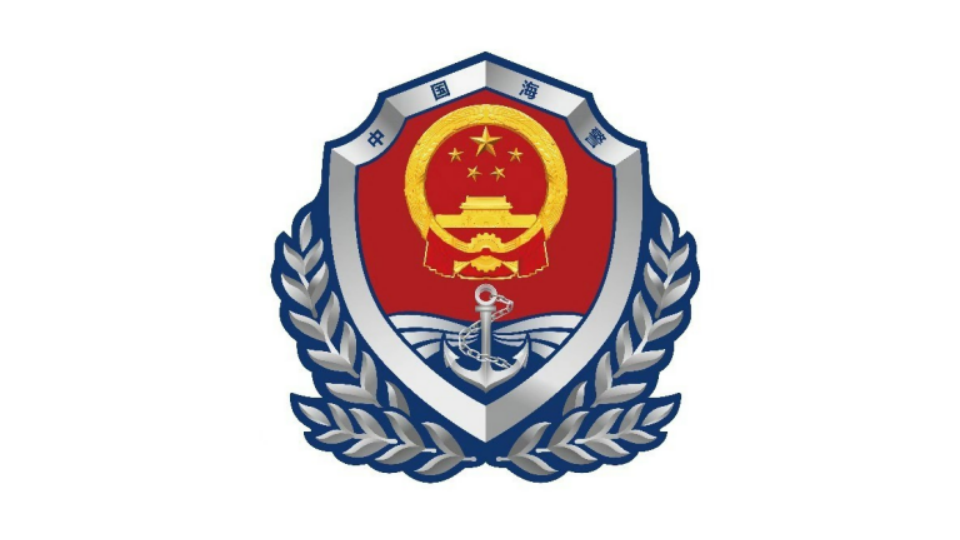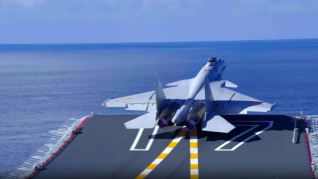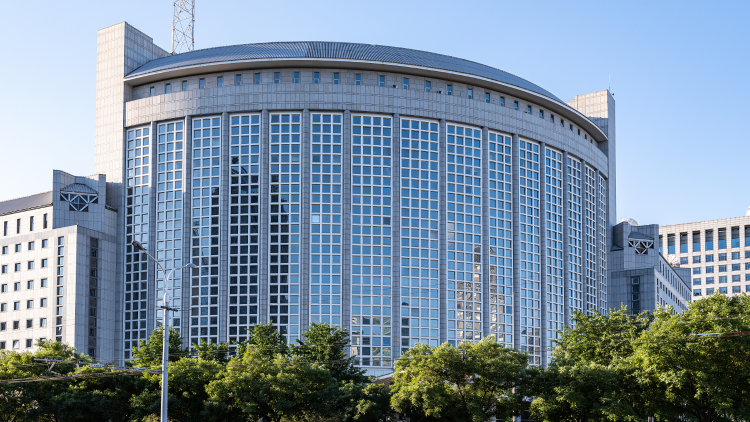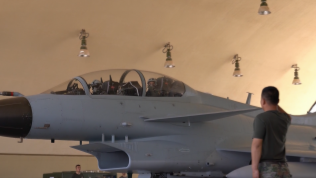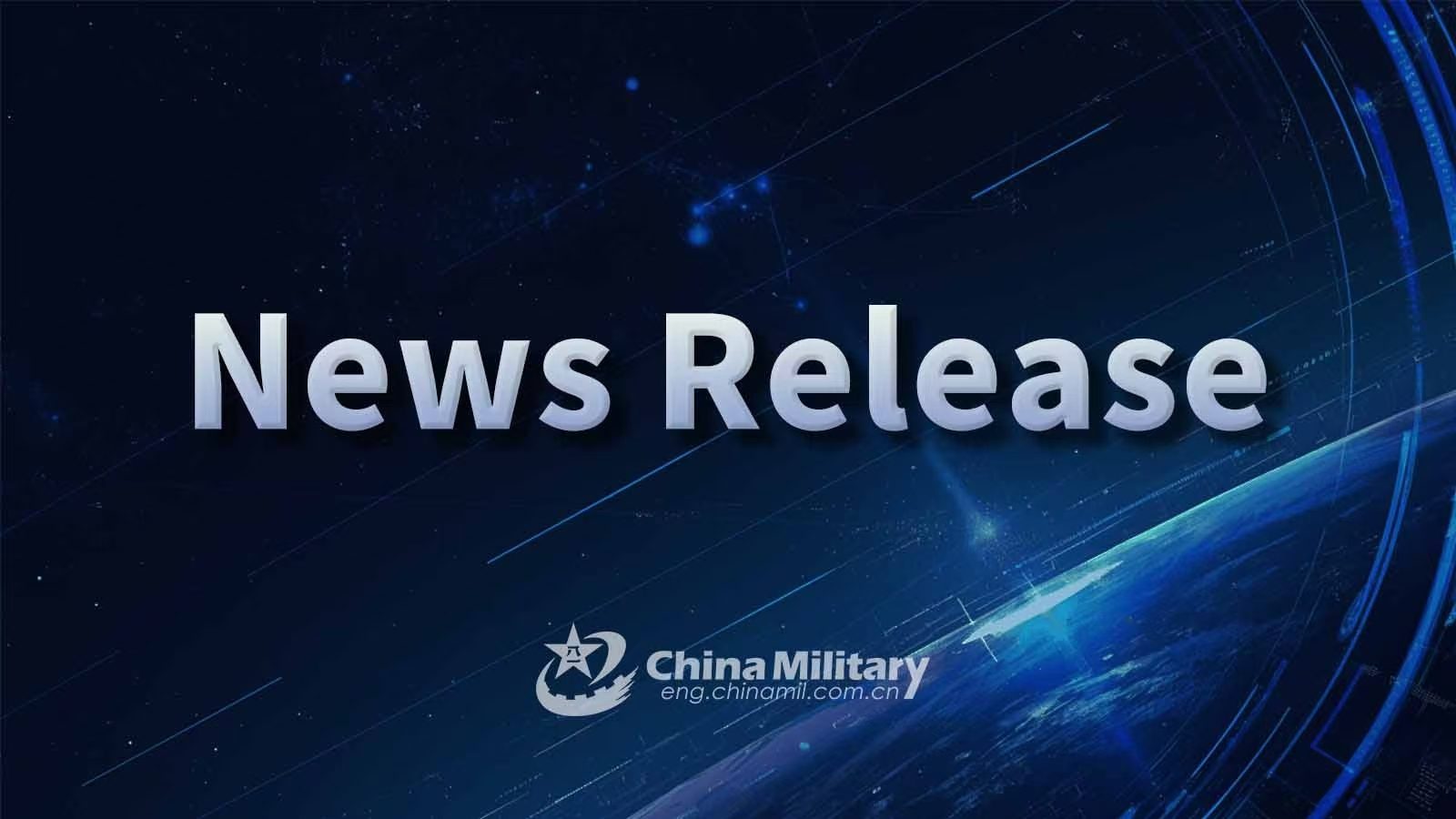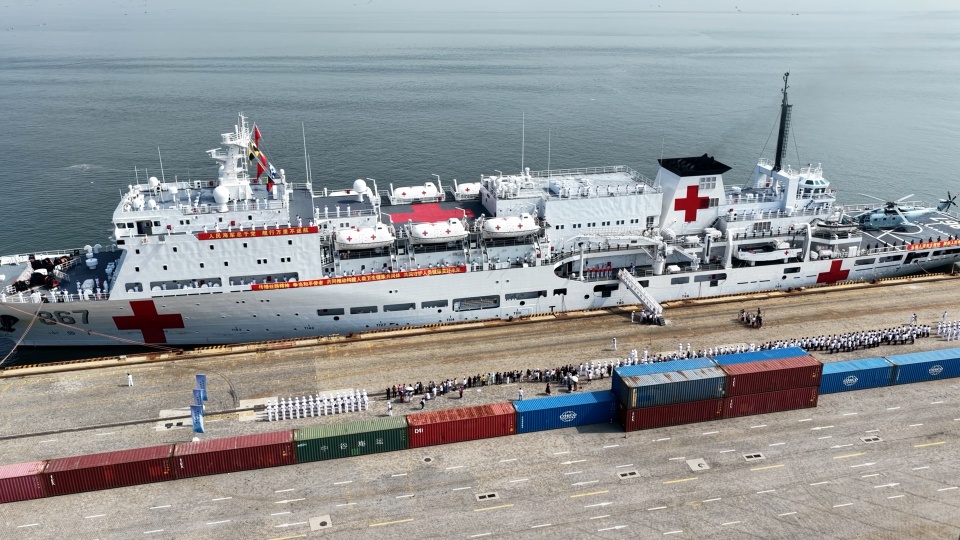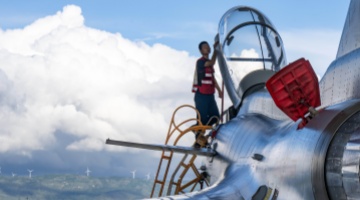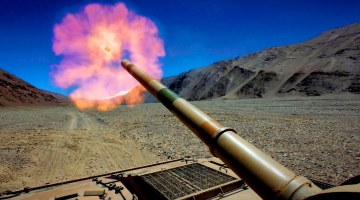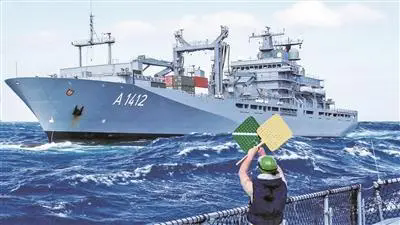
The German supply ship Frankfurt am Main participates in the Indo-Pacific deployment operation.
By Xu Shiwei and Sui Changquan
NATO Secretary General Jens Stoltenberg has been hyping up security threats in the Asia-Pacific region in various forums, advocating for strengthening partnerships with countries such as Japan, the ROK, New Zealand, and Australia.
On May 30, Stoltenberg participated in the 19th Jeju Forum in the ROK via video link for the first time and stressed that the ROK, Japan, Australia, and New Zealand are NATO's closest partners. He expressed the desire to continuously deepen practical cooperation in areas such as cyber defense, combating misinformation, and emerging technologies. On May 31, after the informal meeting of NATO foreign ministers, Stoltenberg publicly stated that NATO as well as Japan, the ROK, Australia, and New Zealand faced common security threats and that he looked forward to developing partnerships with these countries. He believed that Asian countries could influence the European landscape amid regional conflicts in Europe.
In recent years, NATO has been focusing on Japan, the ROK, Australia, and New Zealand through its "partner countries" mechanism, strategically expanding its presence in the Asia-Pacific region from multiple dimensions including political and military aspects.
In terms of strategic guidance, NATO proposed a new strategic concept at the NATO Summit in Madrid in June 2022, stating that it would enhance dialogue and cooperation with Asia-Pacific partners to address cross-regional challenges and ensure common security interests. It also formally established a strategic direction of entering the Asia-Pacific.
In terms of cooperation mechanisms, NATO and relevant Asia-Pacific countries have organized regular high-level meetings including foreign ministers' meetings, defense ministers' meetings, and NATO summits. They also plan to open the first liaison office in Asia this year in Tokyo to facilitate regular consultations between the parties.
In terms of cooperation content, the cooperation scope has been gradually extended from non-traditional security areas such as anti-piracy, joint patrols, and cyber defense to traditional military security fields. The cooperation methods have also evolved from temporary collaborations like observation and participation in exercises to in-depth joint efforts such as establishing joint intelligence and early warning mechanisms.
Recently, NATO has been intensifying its connections with relevant countries in the Asia-Pacific region, reflecting an accelerating process of "NATO's Indo-Pacificization." This move is driven by three main considerations. First, it aims to create momentum. This year marks the 75th anniversary of NATO's founding, and deepening partnerships is an important topic for the upcoming NATO Summit in Washington in July as high-profile momentum before the summit helps unify positions. Second, it attempts to increase military aid. NATO believes that there is a connection between the Asia-Pacific region and European affairs, and by drawing in Asia-Pacific countries like Japan and the ROK, it can help alleviate Europe's pressure on military aid to Ukraine. Third, it intends to closely follow the US. The US is continuously deepening its Indo-Pacific strategy. As a US-led military bloc, NATO has no choice but to follow the US in its march into the Asia-Pacific region. Analysts pointed out that NATO's strengthening of its Asia-Pacific presence will only stir up regional tensions and harm regional security and stability.





